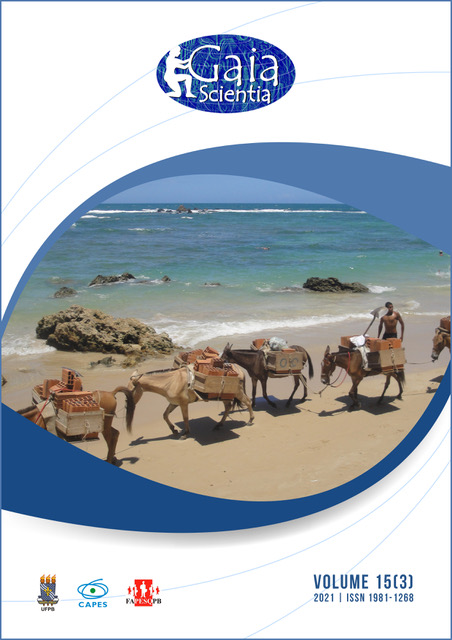Phytochemical Bioprospecting, Antioxidative Activity in vitro and Toxicity of Caryocar coriaceum leaves from the Tocantins Cerrado region
Abstract
Caryocar coriaceum, a typical species from the Brazilian Cerrado, with known therapeutic functions, however with poorly characterized biological assets. This work aimed to determine the phytochemical profile, evaluate the antioxidant potential and cytotoxicity of C. coriaceum leaf extracts. The extracts were obtained using two methodologies: i) 70% ethanol in a Soxhlet apparatus, giving rise to the crude hydroethanol extract (EBH); ii) sequential extraction, with degreasing, followed by extraction with methanol and 70% ethanol, originating the sequential extracts methanol (ESM) and ethanol (ESE). Phytochemical screening, quantification of phenols and flavonoids, determination of antioxidant activity and identification of compounds by CLAE was performed. Toxicity was evaluated with the A.cepa method at three concentrations. Flavonoids, tannins, phytosterols/triterpenoids, quinones and saponins were identified. The major content of total phenolics was found in EBH (422.55 mg EAG/g) and that of total flavonoids in ESM (82.39 mg ER/g). The antioxidant activity revealed that EBH (IC50=17.97 µg/ml) and ESM (IC50=16.99 µg/ml) are equivalent to standard rutin (IC50= 15.85 µg/ml). Gallic acid, catechin, syringic acid, chlorogenic acid, p-coumaric acid, naringin, vitexin, rutin and isoharmetin were identified. EBH and ESS have toxicity from 50 µg/ml. The results obtained suggest potential antioxidant activity of C. coriaceum.










